Mangoes, often hailed as the “king of fruits,” are celebrated globally for their sweet, tropical flavor and juicy texture. With over 1,000 cultivars grown worldwide, mangoes vary significantly in size, color, taste, and culinary uses. This article delves into the most common mango varieties, highlighting their origins, characteristics, and popularity. Whether you’re a mango enthusiast, a chef, or simply curious about this beloved fruit, this guide will help you navigate the diverse world of mangoes.
Alphonso Mango (Hapus)
Origin: India (primarily grown in Maharashtra, Gujarat, and Karnataka)
Appearance: Small to medium-sized, with a golden-yellow skin when ripe. The flesh is buttery and fiber-free.
Taste: Exceptionally sweet with a rich, aromatic flavor profile. Notes of honey, citrus, and spice dominate its taste.
Culinary Uses: Often dubbed the “King of Mangoes,” Alphonso is prized for desserts, smoothies, and juices. Its creamy texture makes it ideal for mango lassis and ice creams.
Availability: Peaks from March to June in India. Limited export due to its delicate nature, but available in international markets during its season.
Fun Fact: Alphonso mangoes are protected under India’s Geographical Indication (GI) tag, ensuring their authenticity and quality.
Tommy Atkins Mango
Origin: Florida, USA (developed in the 1920s)
Appearance: Large, oval-shaped fruit with a vibrant red-blush skin overlaid with green and yellow hues. The flesh is firm and fibrous.
Taste: Mildly sweet with a tangy kick. Less aromatic compared to other varieties, making it a versatile option for both sweet and savory dishes.
Culinary Uses: Commonly used in salsas, salads, and chutneys due to its firm texture. Its resistance to bruising makes it a favorite for commercial export.
Availability: Widely available from March to July in North America and Europe.
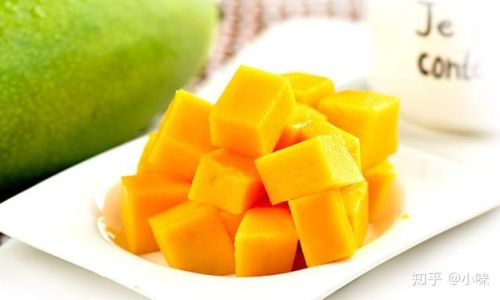
Fun Fact: Tommy Atkins is the most commercially grown mango globally, accounting for over 80% of mangoes sold in the U.S.
Kent Mango
Origin: Florida, USA (bred in the 1940s)
Appearance: Medium to large, with a rounded shape. The skin transitions from green to yellow-orange when ripe, often with a red blush.
Taste: Sweet and creamy with a hint of pineapple and peach. Low in fiber, offering a smooth, melt-in-your-mouth experience.
Culinary Uses: Excellent for eating fresh, blending into smoothies, or incorporating into desserts like pies and tarts.
Availability: Harvested from June to September in Florida. Popular in Latin American and Caribbean markets.
Fun Fact: Kent mangoes are a hybrid of Brooks and Haden varieties, selected for their disease resistance and productivity.
Haden Mango
Origin: Florida, USA (discovered in 1902)
Appearance: Medium-sized with a round to oval shape. The skin is green with red and yellow highlights, turning fully yellow when ripe.
Taste: Sweet-tart balance with a rich, tropical aroma. The flesh is tender and slightly fibrous.
Culinary Uses: Versatile for fresh consumption, juices, and jams. Its vibrant color makes it a decorative addition to fruit platters.
Availability: Peaks from April to May in Florida. Also grown in Mexico and Central America.
Fun Fact: Haden was the first commercially successful mango cultivar in Florida, revolutionizing the industry.
Keitt Mango
Origin: Florida, USA (developed in the 1930s)
Appearance: Large, oval fruit with green skin that retains its hue even when ripe. The flesh is firm, juicy, and fiber-free.
Taste: Mildly sweet with a tangy finish. Its low sugar content makes it less cloying than other varieties.
Culinary Uses: Ideal for salads, salsas, and grilling. Its firm texture holds up well in cooked dishes.
Availability: Available from July to September in the U.S. and Mexico.
Fun Fact: Keitt mangoes are late-season varieties, extending the mango season into autumn.
Ataulfo Mango (Champagne Mango)
Origin: Mexico (specifically the state of Chiapas)
Appearance: Small, kidney-shaped fruit with bright yellow skin when ripe. The flesh is buttery and virtually fiber-free.
Taste: Intensely sweet with a honey-like flavor and a hint of citrus.
Culinary Uses: Perfect for eating fresh, blending into smoothies, or making mango puree. Its small size makes it ideal for snack packs.
Availability: Peaks from March to July in Mexico and the U.S.
Fun Fact: Ataulfo mangoes are named after their grower, Ataulfo Morales Gordillo, and are often called “honey mangoes” due to their sweetness.
Francis Mango
Origin: Haiti (grown extensively in the Caribbean and Central America)
Appearance: Medium-sized with a S-shaped curve. The skin is green with red and yellow blushes, turning golden when ripe.
Taste: Sweet and tangy with a spicy undertone. The flesh is juicy and slightly fibrous.
Culinary Uses: Popular in Caribbean cuisine for juices, sauces, and desserts. Its aromatic flavor complements spicy dishes.
Availability: Available from May to September in the Caribbean and U.S.
Fun Fact: Francis mangoes are a favorite in Haitian street food, often served with lime and chili salt.
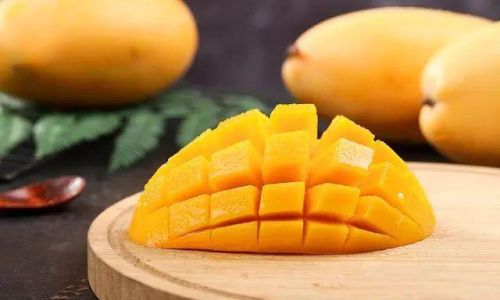
Palmer Mango
Origin: Florida, USA (developed in the 1940s)
Appearance: Large, oval fruit with green skin that develops a red blush when ripe. The flesh is firm and juicy.
Taste: Sweet with a tangy twist. Its flavor is reminiscent of pineapple and coconut.
Culinary Uses: Great for fresh eating, juices, and tropical salads. Its firm texture resists bruising during transport.
Availability: Harvested from June to August in Florida and Mexico.
Fun Fact: Palmer mangoes are a cross between Haden and Brooks varieties, known for their high yield and disease resistance.
Madam Francis Mango
Origin: Jamaica (also grown in other Caribbean nations)
Appearance: Medium to large, with a curved shape. The skin is green with red and yellow patches, turning golden-yellow when ripe.
Taste: Sweet and aromatic with a hint of tartness. The flesh is tender and juicy.
Culinary Uses: Commonly used in Jamaican jerk dishes, chutneys, and desserts. Its flavor pairs well with rum and tropical fruits.
Availability: Available from May to August in the Caribbean and international markets.
Fun Fact: Madam Francis mangoes are named after a Jamaican horticulturist who promoted their cultivation.
Valencia Pride Mango
Origin: Florida, USA (developed in the 1940s)
Appearance: Large, elongated fruit with green skin that turns yellow-orange when ripe. The flesh is fiber-free and juicy.
Taste: Sweet and complex, with notes of peach, pineapple, and melon.
Culinary Uses: Ideal for fresh consumption, sorbets, and fruit salads. Its elegant shape makes it a showstopper on dessert platters.
Availability: Peaks from July to September in Florida and Australia.
Fun Fact: Valencia Pride mangoes are a hybrid of Haden and Brooks, prized for their late-season availability.
Irwin Mango
Origin: Florida, USA (developed in the 1940s)
Appearance: Medium-sized with a slender, oval shape. The skin is green with red and yellow highlights, turning golden when ripe.
Taste: Sweet and tangy with a mild, floral aroma. The flesh is soft and juicy.
Culinary Uses: Perfect for smoothies, juices, and baby food due to its smooth texture.
Availability: Available from June to August in Florida and Australia.
Fun Fact: Irwin mangoes are a favorite in Australia, where they’re often called “Bowen mangoes” after the town of Bowen in Queensland.
Nam Doc Mai Mango
Origin: Thailand
Appearance: Small to medium-sized with a elongated, slender shape. The skin is green with a yellow blush when ripe.
Taste: Exceptionally sweet with a honeyed flavor and a hint of lemon. The flesh is firm and fiber-free.
Culinary Uses: Popular in Thai desserts, such as mango sticky rice. Its firm texture allows for easy slicing.
Availability: Peaks from April to June in Thailand and Southeast Asia.
Fun Fact: Nam Doc Mai is Thailand’s most exported mango variety, prized for its sweetness and shelf life.
Badami Mango (Kilimooku)
Origin: India (Karnataka)
Appearance: Medium-sized with a round shape. The skin is green with a red blush, turning golden-yellow when ripe.
Taste: Sweet and tangy with a tropical aroma. The flesh is soft and juicy.
Culinary Uses: Used in Indian desserts, pickles, and juices. Its flavor is similar to Alphonso but more affordable.
Availability: Available from April to June in India.
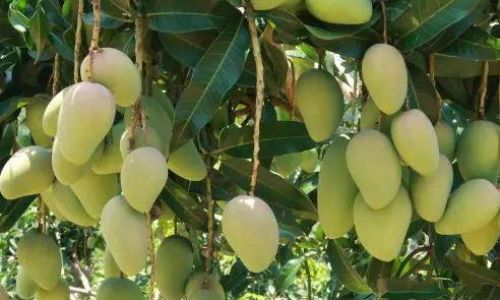
Fun Fact: Badami mangoes are often called the “Indian Alphonso” due to their resemblance in taste and texture.
Chaunsa Mango
Origin: Pakistan and India (Punjab region)
Appearance: Small to medium-sized with a rounded shape. The skin is golden-yellow when ripe, often with a red blush.
Taste: Intensely sweet with a saffron-like aroma. The flesh is buttery and fiber-free.
Culinary Uses: Highly regarded for fresh eating and mango pulp. Its rich flavor makes it a luxury export.
Availability: Peaks from June to August in Pakistan and India.
Fun Fact: Chaunsa mangoes are often referred to as the “King of Mangoes” in South Asia, rivaling Alphonso in popularity.
Honey Gold Mango
Origin: Australia (developed in the 1980s)
Appearance: Medium-sized with a round shape. The skin is green with a golden-yellow blush when ripe.
Taste: Sweet and tangy with a honey-like finish. The flesh is firm and juicy.
Culinary Uses: Ideal for salads, salsas, and grilling. Its firm texture holds up well in cooking.
Availability: Available from October to March in Australia and New Zealand.
Fun Fact: Honey Gold mangoes are a hybrid of Kensington Pride and other varieties, bred for their sweetness and disease resistance.
Lesser-Known Mango Varieties Worth Exploring
While the varieties above dominate global markets, several regional cultivars deserve recognition:
- Graham Mango (Trinidad): Sweet and spicy, with a unique pineapple-like flavor.
- Rose Mango (India): Floral-scented flesh with a rosy blush.
- Cogshall Mango (Florida): Compact tree variety ideal for home gardens.
- Pearce Mango (Australia): Tangy and aromatic, perfect for juicing.
- Manila Mango (Philippines): Small, sweet, and fiber-free, often sold dried.
How to Choose and Store Mangoes
- Ripeness Check: Gently squeeze the mango. A slight give indicates ripeness. Avoid fruits with bruises or soft spots.
- Aroma: Ripe mangoes emit a sweet, fruity scent near the stem.
- Storage: Keep unripe mangoes at room temperature. Once ripe, refrigerate for up to five days.
Nutritional Benefits of Mangoes
Mangoes are rich in vitamins A and C, fiber, and antioxidants. A 1-cup serving provides:
- 100% of the daily vitamin C requirement
- 35% of vitamin A
- 12% of dietary fiber
They support immunity, digestion, and skin health.
Conclusion
The world of mangoes is as diverse as it is delicious. From the buttery Alphonso to the tangy Tommy Atkins, each variety offers a unique culinary experience. Whether you’re savoring a ripe mango on its own or incorporating it into a recipe, understanding these cultivars enhances your appreciation for this tropical treasure. Next time you shop for mangoes, consider venturing beyond the familiar—you might discover a new favorite!
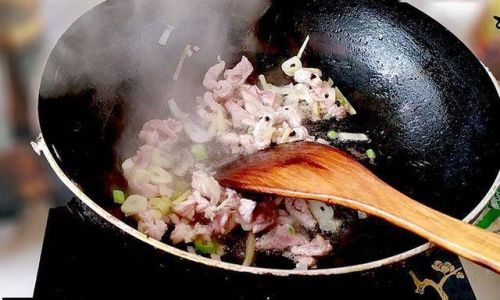
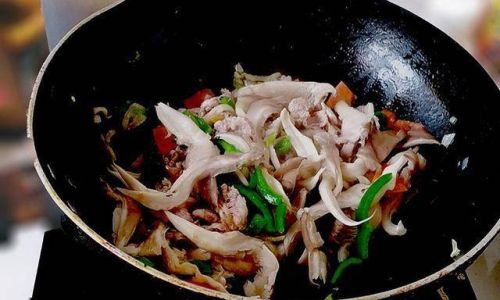
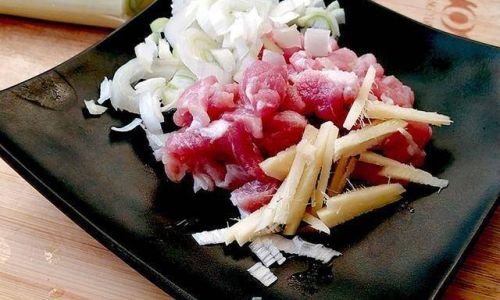
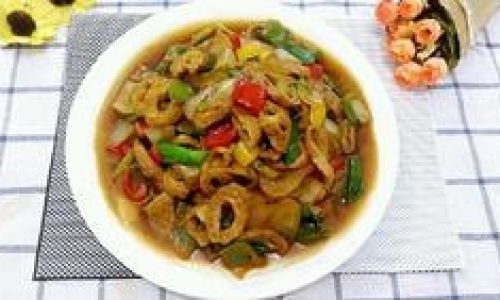
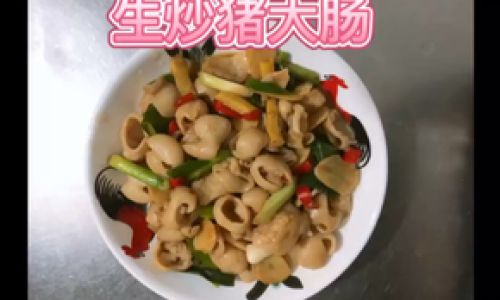
0 comments